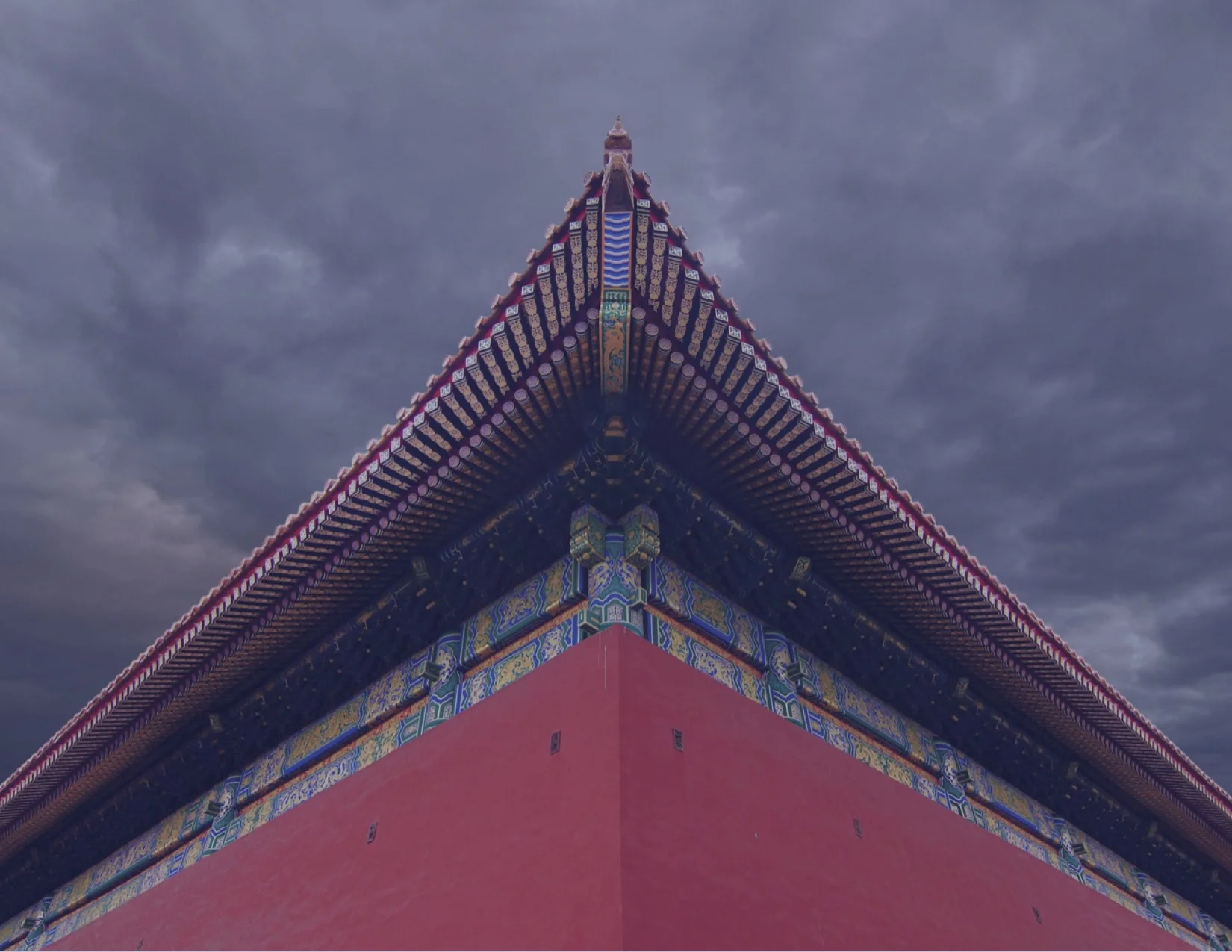
TIMELINE

RESEARCH STRATEGY
What’s the navigation system of the future? As information goes digital, the role of sign system has to evolve, too. Since the traditional sign system has become a thing of past, how should the new generation of sign systems be redefined and find its best way to function?
To answer these questions, firstly we clarified all of the factors involved in this project and then figured out our possible solutions.

FIELD RESEARCH
- 3 researchers
- 1 working day for the Forbidden City, 1 working day for Tiantan, 5 working days for analyzing and report making
We designed a task list which contains actions, including buying tickets, finding the next destination and so on. Having followed the task list, we took a tour of the Forbidden City and the Temple of Heaven (Tiantan) in two days. During our tour, we used multiple methods, such as taking notes, taking photos and videos, and recording audio, to gather all the information we observed or heard from tourists and workers.


USER EXPERIENCE RESEARCH
The whole tour can be seen as a cycle of three stages: start from one spot, on the way to next spot, arrive at the next spot. We summarized the main obstacles that the visitors encounter during in the course of the three stages.

AXIS PRESSURE
Managers of the Forbidden City are concerned that the axis of the museum is under too much pressure because most tourists are concentrated in it. They wanted us to guide visitors to the side areas so that the pressure on the axis can be distributed.
After interviewing some randomly selected tourists, we started to learn how the axis pressure is created. The main reason is that buildings on the axis are the most important ones while building on the sides are relatively less important, so a large percentage of tourists give up exploring the side buildings.
Another causal factor to this situation is the building layout. Although the overall layout is symmetric and buildings are arranged horizontally or vertically, visitors are still struggling with finding their way out of the side areas if they go to the side areas, which have numerous similar chambers and halls, which are closely distributed. In contrast, the route of axis is a simple straight line.

FIELD RESEARCH ANALYSIS
By combining all of the information and drawing a big picture, we organized the information into three groups: reasons for axis pressure, bad user experiences, deficiency of the current sign system. The four colors connect related problems that can be solved by the same solution showed in the "opportunity" group, such as establish standards, plan route, manage duration.

ESTABLISH STANDARD
Unfocus Group: sign classification and layout group, content standard group.
Participants: 3 researchers, 1 archeologist from Peking University, 1 client, 3 designers.
Duration: 3 hours a day in 5 working days.

AUXILIARY SYSTEM
Unfocus Group: map design, color system design.
Participants: 3 researchers, 3 designers.
Duration: 3 working days.









